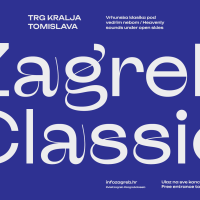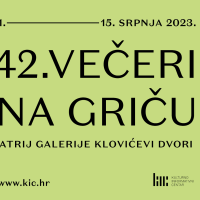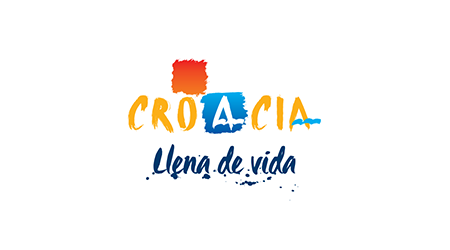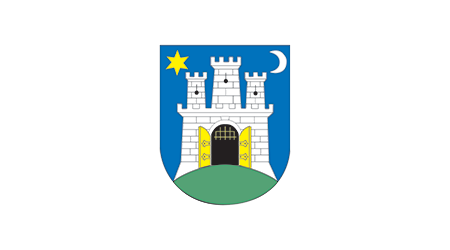Croatian Cravat Symbolizes Civilization Values
On October 18th, the Day of the Cravat was marked by various educational, yet entertaining events for the young. The cravat is one of the most significant Croatian symbols and it has become part of global cultural heritage. It was first worn by Croatian soldiers back in the 17th century.
 On October 18th, the citizens of Zagreb marked the Day of the Cravat (Tie) by tying cravats on statues around the city, with fine-looking young men strolling along the streets dressed in replicas of 17th century Croatian military uniforms and organizing various educational happenings. Youngsters particularly enjoyed the event, proving that the tying of a cravat can be learned at a very young age. The children from “Botinec” kindergarten celebrated by performing the play “The first tie” on Zagreb’s main square. The slightly older participants took part in various quizzes about the history of the tie, competitions for cravat tying, as well as various other events that were organized.
On October 18th, the citizens of Zagreb marked the Day of the Cravat (Tie) by tying cravats on statues around the city, with fine-looking young men strolling along the streets dressed in replicas of 17th century Croatian military uniforms and organizing various educational happenings. Youngsters particularly enjoyed the event, proving that the tying of a cravat can be learned at a very young age. The children from “Botinec” kindergarten celebrated by performing the play “The first tie” on Zagreb’s main square. The slightly older participants took part in various quizzes about the history of the tie, competitions for cravat tying, as well as various other events that were organized.
The marking of the Day of the Cravat was initiated five years ago by the Academia Cravatica. They staged a unique performance in Pula which included the spectacular tying of a large tie around the Roman Arena. This event was broadcast to more than one billion people. One of the most significant Croatian symbols which has become part of global cultural heritage was promoted by symbolically tying the cravat around the Arena and, later, tying another one around the entire country along its borders. The tie was first used as an item of clothing by Croatian soldiers in the 17th century. Today it is recognized worldwide as a universal symbol of clothing culture, and as part of a formal, yet refined and glamorous style. The oldest Croatian portrait of a person wearing a cravat was painted in Dubrovnik in 1622 and depicted the great Croatian poet Ivan Gundulić with a scarf tied around his neck like a cravat. This portrait is currently safeguarded at the Rector’s Palace.
Published: 04.11.2008
 Hrvatski
Hrvatski English
English Deutsch
Deutsch Spanish
Spanish French
French Italian
Italian Russian
Russian Korean
Korean Japanese
Japanese Chinese
Chinese On October 18th, the citizens of Zagreb marked the Day of the Cravat (Tie) by tying cravats on statues around the city, with fine-looking young men strolling along the streets dressed in replicas of 17th century Croatian military uniforms and organizing various educational happenings. Youngsters particularly enjoyed the event, proving that the tying of a cravat can be learned at a very young age. The children from “Botinec” kindergarten celebrated by performing the play “The first tie” on Zagreb’s main square. The slightly older participants took part in various quizzes about the history of the tie, competitions for cravat tying, as well as various other events that were organized.
On October 18th, the citizens of Zagreb marked the Day of the Cravat (Tie) by tying cravats on statues around the city, with fine-looking young men strolling along the streets dressed in replicas of 17th century Croatian military uniforms and organizing various educational happenings. Youngsters particularly enjoyed the event, proving that the tying of a cravat can be learned at a very young age. The children from “Botinec” kindergarten celebrated by performing the play “The first tie” on Zagreb’s main square. The slightly older participants took part in various quizzes about the history of the tie, competitions for cravat tying, as well as various other events that were organized.









